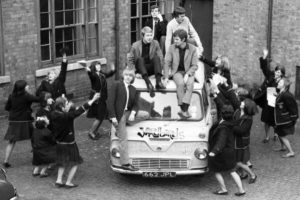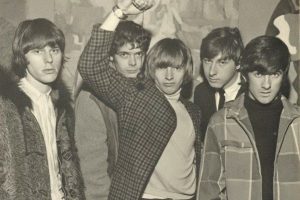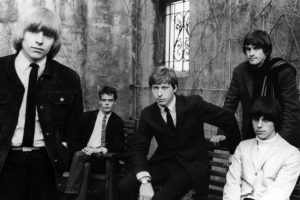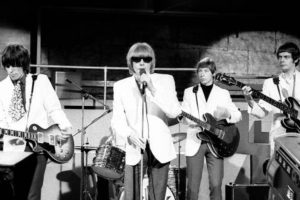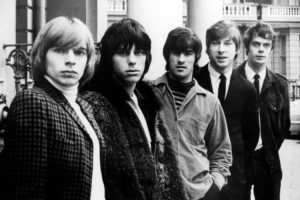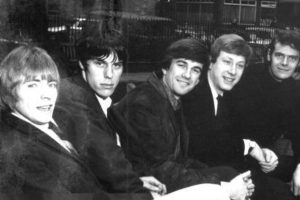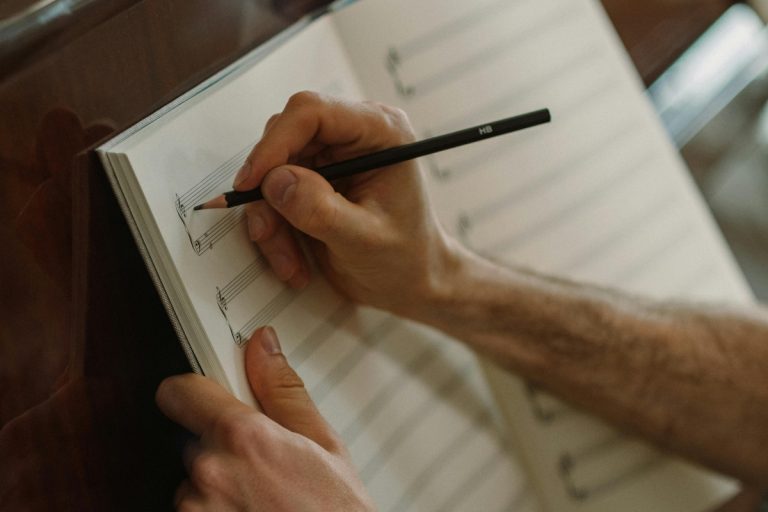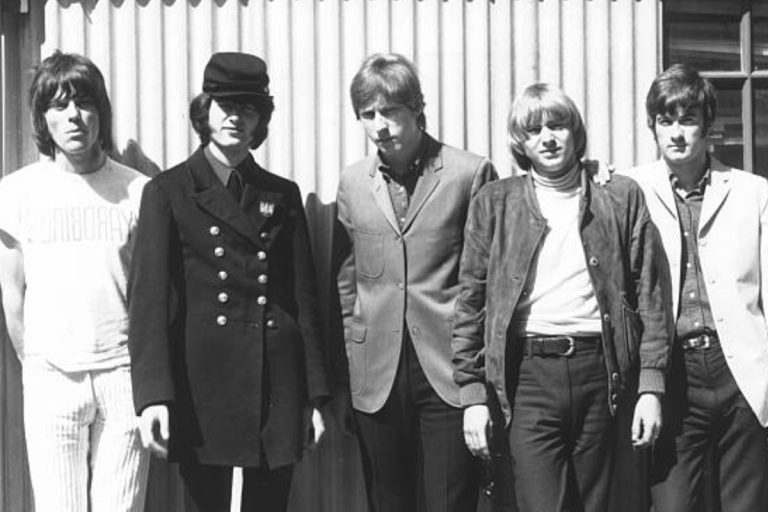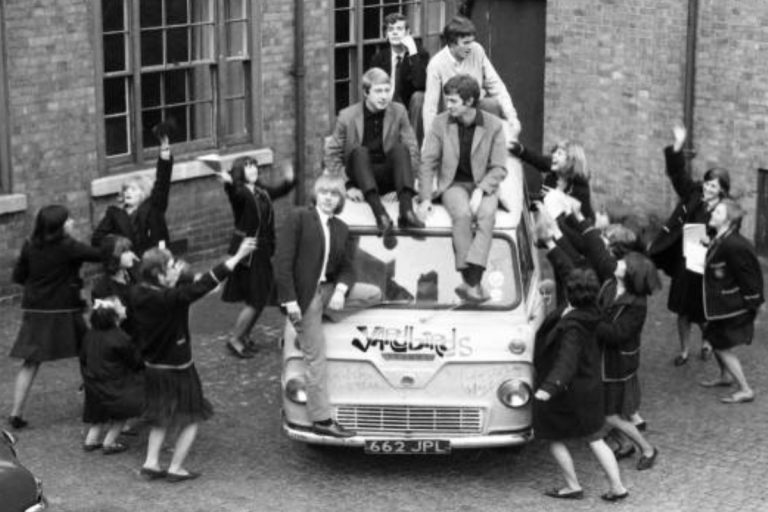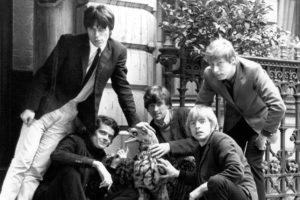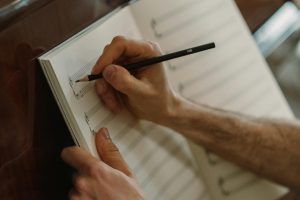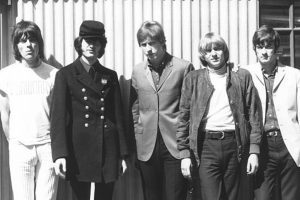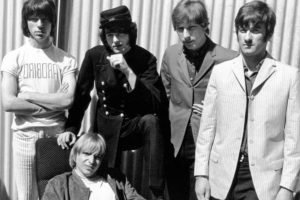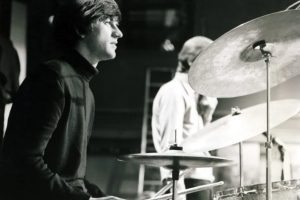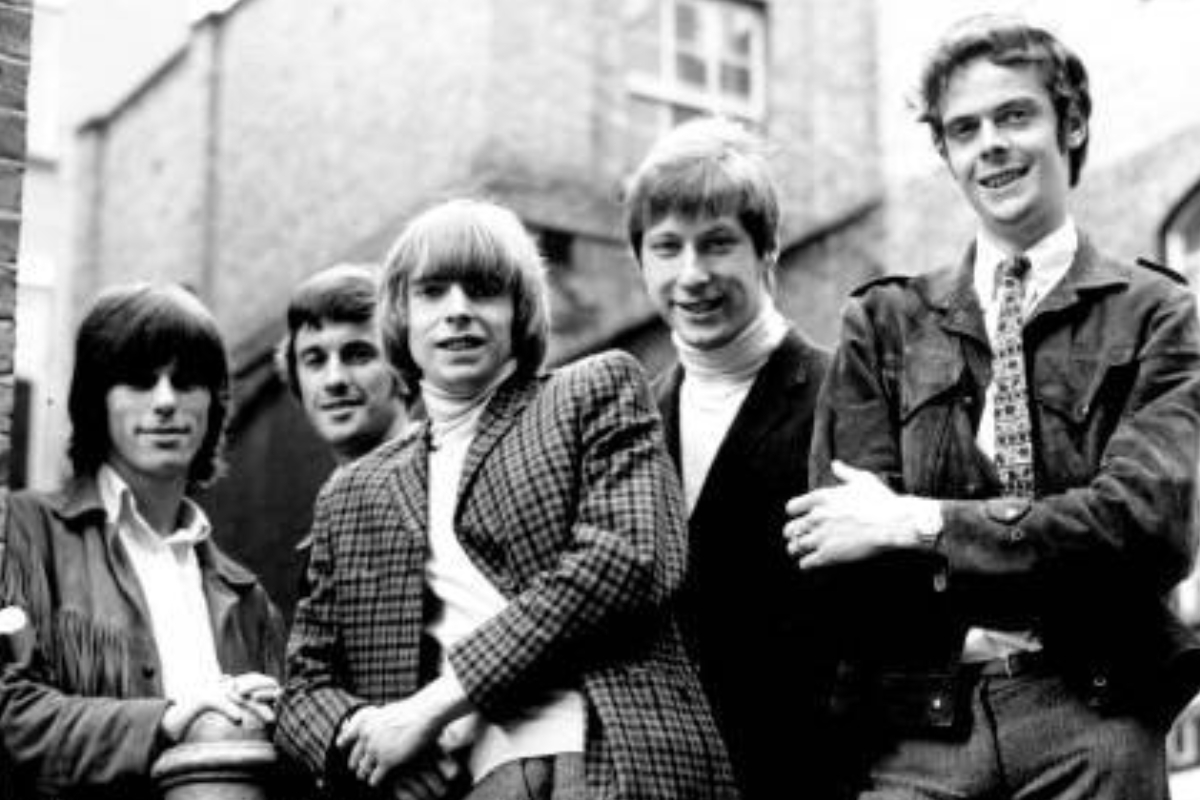
What social media users, content creators, and businesses can learn from the influence of The Yardbirds on live recording techniques. There are many important lessons that social media users, content creators, and business owners can learn about music and technology from the Yardbirds’ influence on live recording techniques. This band is not only famous for its groundbreaking sound and legendary members like Eric Clapton, Jeff Beck, and Jimmy Page, but also for its unique approach to capturing and processing live performances — a foundation for many modern recording methods. In today’s world where audio quality is crucial for shows, online streams, and content creation, it’s essential to understand how the Yardbirds helped shape these techniques.
What You’ll Learn in This Article
In this article, we’ll explore some key points about the Yardbirds’ contribution to the field of live recording:
- The state of live recording before the rise of the Yardbirds
- The band’s innovative techniques and technical experiments during their live performances
- How their innovations influenced future generations of musicians and producers
- Iconic examples of Yardbirds live recordings that became industry benchmarks
- The ongoing impact of their style on modern live recording technology
The State of Live Recording Before The Yardbirds
In the late 1950s and early 1960s, live recording was typically limited to placing one or two microphones and capturing sound directly from the stage or venue. Recording technology hadn’t advanced much, so live recordings often lacked clarity and depth. Sound engineers usually used only one microphone or a few basic ones and failed to optimize their placement — resulting in unbalanced sound. Sometimes the guitar or drums were too loud, while vocals or other instruments were barely heard.
As a result, recordings lacked dynamics — the variation in loudness and softness that expresses emotion and intensity in a live concert. It was also difficult to capture the energy and atmosphere of the performance — the movement, excitement, and interaction between musicians and the audience. In short, the full live concert experience was not effectively conveyed in these early recordings.
Moreover, recording engineers faced many challenges due to the limited tools and techniques available. There was no advanced multitrack recording or mixing consoles that allowed for fine-tuning each instrument or voice after the performance. Mistakes in the sound were hard to fix in post-production. This often led to live albums with lower quality and less engaging audio.
This environment made many believe that it was almost impossible to make a live recording as vibrant and emotionally rich as the actual performance — until groups like the Yardbirds came along, bringing new ideas that gave life to live recordings and opened doors to modern technologies and techniques.
How The Yardbirds Influenced Live Recording
The Yardbirds were known for their musical experimentation, and they didn’t shy away from innovating in live recording either. They used different technologies to improve their sound during performances. One of their most notable innovations was careful microphone placement, which allowed for clearer sound and better balance across instruments.
They also embraced feedback and distortion — sounds once dismissed as “noise” — as tools to intensify their music’s emotional impact. This made their performances more dynamic and exciting, which came through in the recordings.
Guitarists like Jeff Beck, Eric Clapton, and Jimmy Page used the opportunity to explore new sounds with their guitars, adding unique sonic textures to the Yardbirds’ live recordings. Incorporating strong guitar effects became one of the band’s trademarks.
Techniques Used by The Yardbirds in Live Recording
One of the Yardbirds’ major contributions was using multitrack recording in their live sessions. Instead of recording in a single take, they could capture each instrument and vocal separately, allowing easier editing and adjustments in post-production. This was a significant step forward in improving live album quality.
They also experimented with spatial effects like reverb and echo to add depth to their live sound. For example, adding reverb to vocals or guitars created a sense of space — making it feel like the listener was in a grand concert hall even from a simple recording.
In addition, they embraced improvisation. Extending solos and shifting tempos made their live recordings more alive and organic. Instead of being exact copies of studio versions, their live sessions had a unique energy driven by real-time experimentation.
The Yardbirds’ Influence on Future Generations
The Yardbirds’ impact didn’t end with their own era. Their ideas and methods in live recording became foundational for many other bands and producers. As a result, live albums emerged as a vital part of music, often capturing the true emotion of a concert.
Many producers adopted their approach to managing sound. Thanks to the Yardbirds’ experiments, the industry became more open to applying new technologies in live recording — such as using more microphones and advanced mixing techniques.
Notable Examples of The Yardbirds’ Live Recordings
Several Yardbirds live recordings became benchmarks for the industry. For instance, their performances at clubs like The Marquee in London were recorded and praised for their sound quality despite being live. These recordings showcased their use of multitrack recording and spatial effects that brought each instrument to life.
Their experimental guitar sounds — using feedback, distortion, and other effects — also inspired many later rock bands and helped redefine what live guitar performance could be.
The Yardbirds’ Legacy in Modern Live Recording
Even today, the Yardbirds’ influence is evident in how live performances are recorded and produced. Their innovations — from strategic microphone placement to the use of effects like feedback, distortion, and delay — are now standard techniques in recording studios and live shows worldwide.
Where options for enhancing live sound were once limited, the Yardbirds proved that a live show could be just as dynamic and thrilling on record. Multi-microphone setups and individualized sound control for each instrument are now more precise, allowing for clearer, more vibrant live albums. Their use of effects and improvisation opened the door for modern sound engineers to explore sounds that not only reflect the performance but amplify its emotional impact.
Despite today’s abundance of technology — from digital mixing boards to advanced post-production software — the foundations laid by the Yardbirds remain highly valued. They weren’t just a band; they were pioneers who expanded the definition of live recording techniques. They showed that live recording is not just about capturing sound, but a form of art that involves understanding performance dynamics, acoustic space, and the synergy among musicians.
Additionally, the Yardbirds’ fan community and today’s musicians continue to honor their contributions. Their music and technical innovations remain an inspiration for new generations of artists seeking to experiment and find their own style through modern live recording. From underground gigs to massive concert arenas, Yardbirds-inspired techniques are often used by those who aim to create sound with strong personality and authentic energy.
The legacy of the Yardbirds is a testament to how, even after decades, their innovations remain crucial in the music world. They didn’t just change rock music — they transformed the way we capture and convey the energy of live performance to listeners around the globe.
The True Spirit of Their Contribution
Ultimately, the Yardbirds’ greatest contribution wasn’t just in their sound, but in their belief that live recording techniques are an art form that requires courage and experimentation. They proved that there’s no need to fear new methods or technologies — because it’s through innovation that the true spirit of music thrives.
Whether you’re a music fan, musician, or producer, it’s worth remembering the lessons learned from the Yardbirds. They are a symbol of transformation that helps music come closer to the hearts of listeners — even through live recordings.
